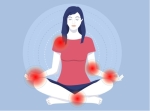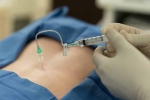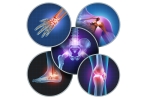Exercise Therapy: A Dynamic Form of Physical Therapy
Exercise therapy is a form of physical therapy designed to achieve specific therapeutic goals, depending on the patient. This treatment aims to work toward the reduction of pain, as well as restoration and recovery of musculoskeletal function. If you suffer from chronic pain due to an injury or illness, exercise therapy can help you eliminate pain while simultaneously reestablishing your natural flexibility.
























